First, the basics: Sake is an alcoholic beverage of Japanese origin that is made from steamed rice, koji, water and yeast. Sometimes alcohol is added. The type of rice used, the polishing of the grain and the added alcohol are all variables that affect the resulting product. Still with us, apart from the koji perhaps? Let’s dig deeper!
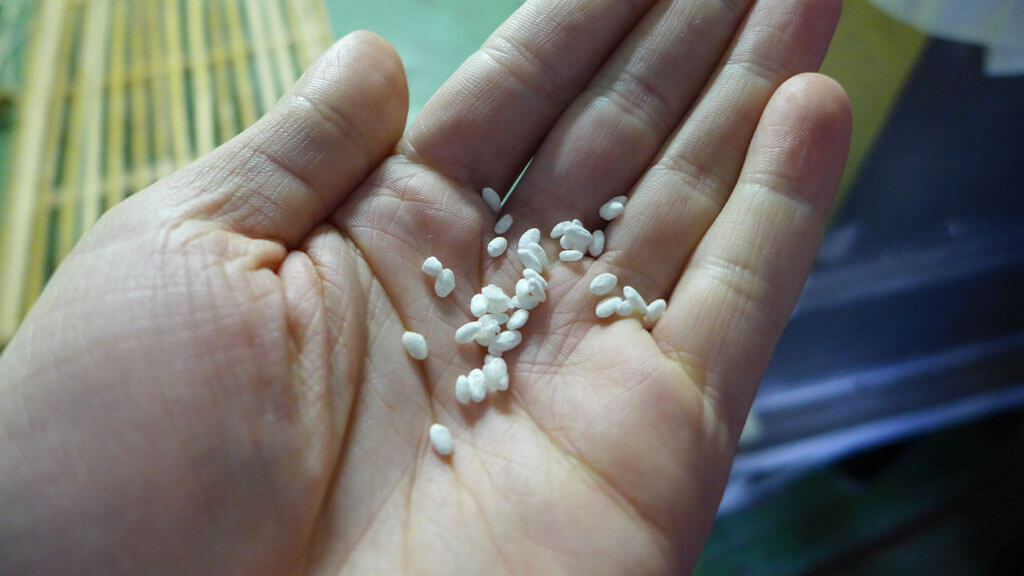
How It’s Made
After the harvest, the rice is milled to remove the hard outer layer. It will then be polished, soaked and steamed. Sake brewers take a small portion of the steamed rice and grow mould on it to create koji, a sort of mysterious fungus. Koji plays a huge role in sake: without koji, it wouldn’t be possible to make the alcohol found in all types of sake. Next, the steamed rice, koji, water and yeast will be mixed together to ferment. Filter it, bottle it, and there you go: sake!
Simple as that? Think again. As with winemaking, there are lots of variations and exceptions. What rice variety? Water from where? Which steaming method? Which yeast? To add alcohol or not? There’s a lot of decision-making for a toji, the master sake brewer.
[Photo above: sake rice after koji has been added. Armando Jarusauskas/Flickr]
Sake And Wine
One of the official names for sake, nihonshu, literally means “Japanese alcoholic drink”. Outside of Japan, it’s often referred to as “rice wine” – and though it’s a different product, there are some similarities. For instance, sake and wine are both fermented beverages. Sake resembles white wine in appearance, ranging from almost transparent to slightly yellow. The 13-17% alcohol content of many sake varieties is slightly higher than that of wine, but, like wine, sake is great company at the dinner table, drunk from a wine glass and usually served cold.
Sake And Food
Sake doesn’t only pair well with Japanese food (although you can wake us up anytime for sake and sashimi) – it can be enjoyed alongside most international dishes, too. From chicken soup to cheeses (mmmm, parmesan!), it pairs awfully well with saltier foods. And just as wine is indispensable in French and Italian cuisines, sake is indispensable in Japanese culinary tradition. In addition to stewed dishes and broths, it is used when grilling meat or fish, or cooking rice.
Speaking Of Rice…
A few sake breweries follow the wine chateau concept, where all the rice used is grown right around the brewery by the owner him/herself. But mostly rice travels. Unlike for example Champagne, sake can be brewed all over the country and is not confined to one region. There’s even sake produced outside Japan! Beware, however, if it says “Japanese Sake” on the label; for sure it’s not the real deal.
Polishing The Grain
The polishing process plays a huge role in sake-making. Japanese law even defines the amount of polishing required in order to make premium sake: it’s called “the polishing ratio”, and it ensures that the labelling terms are a good indication of the sake style. The more you polish the rice, the higher the grade of sake. For top-quality sake, 50% or more of the rice grain is polished away.
Sake connoisseurs, like Simon Hofstra (an official “sake samurai”, a true keeper of sake’s tremendous history), say that the more the rice has been polished, the cleaner, more elegant and more refined the sake will be. It also allows more lively aromatics to come through, so expect a fruity, floral nose, being less acidic and less umami or earthy than sakes made with less polished rice. If 58% of the grain has been polished, it says 42% on the label: that’s the percentage of rice left after the polishing.
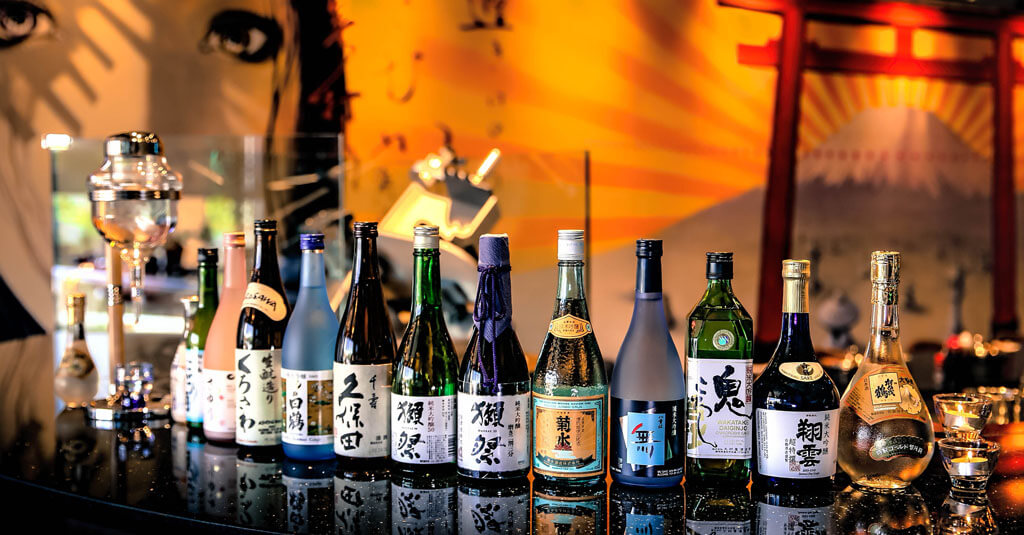
Just Like Burgundy
According to Hofstra: “Quality sake comes in gradations, depending not only on the degree of rice polishing, but also on where the rice is from. Just like grapes for winemaking, you can speak about terroir when it comes to rice for sake-making.”
There are around 110 sake rice varieties, with each type offering a different flavour profile. If you remember only one, let it be Yamada Nishiki, aka the king of sake rice. Hofstra says: “The best Yamada Nishiki comes from two very small areas in Japan: Yokawa and Tojo – the last area doesn’t exist anymore, but the rice from that area is still classified as rice from Tojo. Even in these two micro-areas, just like in Burgundy, there’s a huge difference in terms of taste and ripening.”
Sake That Makes You Sing
Most sake however, is produced from normal table rice, which is less expensive and far easier to grow. These common, simpler kinds of sake have a more firm, robust flavour (though some premium sakes can also taste robust) and are known as futsushu in Japanese. It’s the equivalent of “table wine” in the wine world, and makes up about 70% of all sake that’s made. Pure, distilled alcohol is added in copious amounts to cheap sake to increase yields.
Even if it’s “cheap”, it’s still a real crowd-pleaser. This is the sake that’s drunk hot, making the alcohol run through your blood more quickly – and ensuring that, after a few glasses, you’ll be ready to sing karaoke.
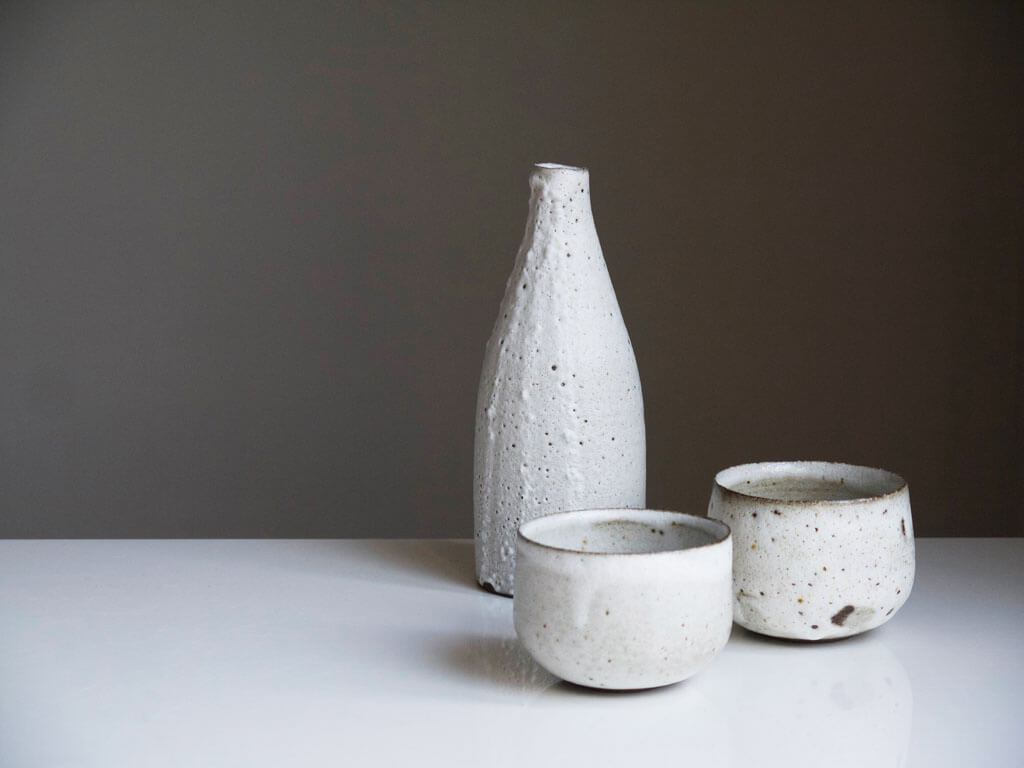
Premium Sake
Alcohol can also be added in the brewing of premium sake, albeit in very small amounts to enhance the fragrance and flavour. This style is called ginjo, daiginjo or honjozo – ginjo and daiginjo having fruity, floral aromas, and honjozo offering umami, grain and lactic aromas. Aside from the alcohol, these flavour profiles will also depend on the above-mentioned polishing ratio.
Finally, there’s junmai sake (a pure sake, without extra alcohol), sparkling sake and nama sake, which hasn’t been pasteurised, like natural wine. If it says “koshu” on the label, this means the sake is aged; it will be amber or brown in colour, with pronounced aromas of nuts and dried fruits. Sakes that have been roughly filtered are called nigori.
Now That You’re An Expert…
Drink your sake like the Japanese do: get yourself a few ochokos, the traditional sake cups with a flat base. The small size means that they must be frequently refilled, reflecting a tradition of Japanese hospitality. Kanpai!

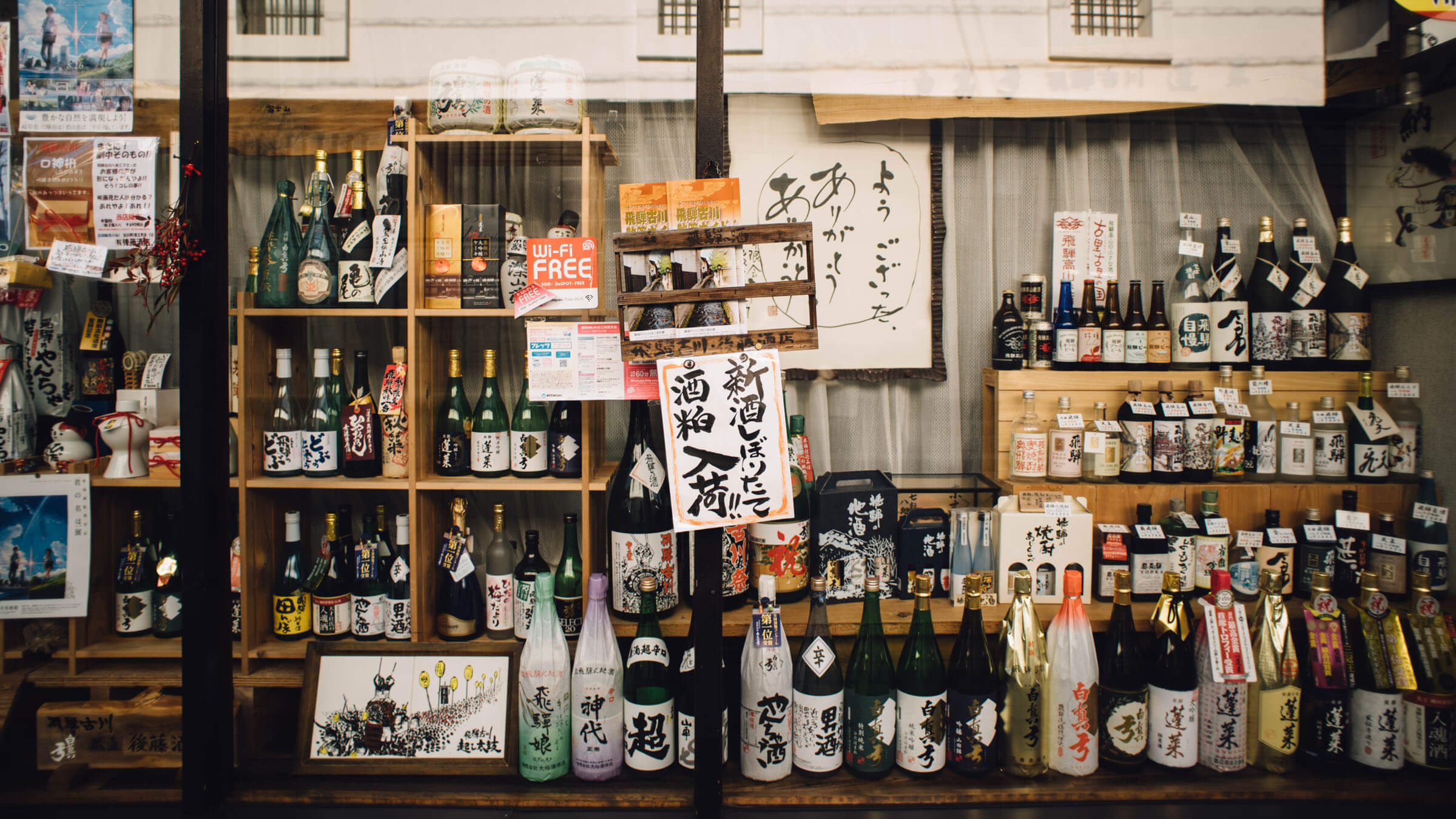

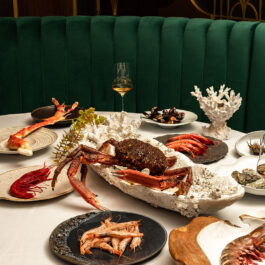










Sorry, the comment form is closed at this time.